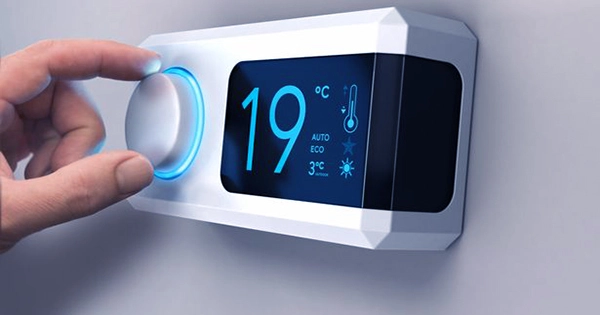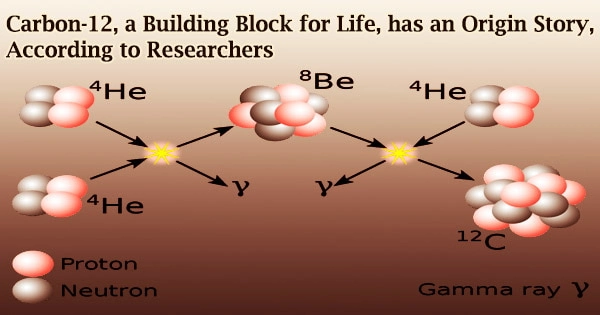A microwave radiometer (MWR) is a radiometer that measures the energy emitted by microwaves at one millimeter-to-metre wavelengths (frequencies of 0.3-300 GHz). It’s a remote sensing device that measures microwave radiation emitted or scattered by the Earth’s atmosphere. This radiometer operates at microwave frequencies, typically in the millimeter or centimeter wavelength bands.
Microwave radiometers are extremely sensitive receivers that are used to detect thermally emitted electromagnetic radiation. Microwaves can penetrate clouds and certain atmospheric constituents, providing information about the vertical distribution of temperature, humidity, and other atmospheric parameters. This is useful in atmospheric research and weather monitoring. They are typically outfitted with multiple receiving channels in order to extract the characteristic emission spectrum of planetary atmospheres, surfaces, or extraterrestrial objects.
Key features and applications of Microwave Radiometers:
- Passive Remote Sensing: MWRs are passive sensors that detect natural microwave emissions in the atmosphere. They do not produce any energy and instead detect naturally occurring microwave radiation.
- Atmospheric Profiling: MWRs are especially useful for profiling the atmosphere. Scientists can learn about the vertical distribution of temperature and humidity in the atmosphere by measuring microwave radiation at different frequencies. This is essential for weather forecasting and climate research.
- Cloud and Precipitation Studies: Because microwaves can penetrate clouds, MWRs can provide information about cloud cover and properties. They are also used to study precipitation because different types of precipitation (rain, snow, etc.) have different effects on microwave radiation.
- Temperature Soundings: Microwave radiometers can be used to obtain temperature profiles of the atmosphere, especially in the presence of clouds. This is essential for understanding the energy balance and dynamics of the Earth’s atmosphere.
- Weather and Climate Monitoring: MWRs contribute to monitoring and understanding various atmospheric phenomena, aiding in climate research, weather prediction, and environmental monitoring.
- Satellite and Ground-Based Systems: Microwave radiometers can be deployed on satellites for global observations or on the ground for localized studies. Ground-based MWRs are often part of atmospheric sounding networks.
- Frequency Bands: Different MWRs operate in specific frequency bands, such as the 22 GHz water vapor band or the 183 GHz water vapor and temperature bands. Each frequency band is sensitive to specific atmospheric parameters.
Applications
Microwave radiometers are utilized in a variety of environmental and engineering applications, including remote sensing, weather forecasting, climate monitoring, radio astronomy and radio propagation studies.
The microwave spectral range between 1 and 300 GHz provides information that is complementary to the visible and infrared spectral ranges. Most importantly, in the microwave spectral range, the atmosphere and vegetation are semi-transparent. This means that while components such as dry gases, water vapor, and hydrometeors interact with microwave radiation, the cloudy atmosphere is not completely opaque in this frequency range.
In conclusion, microwave radiometers are important in atmospheric research because they provide valuable data for understanding and monitoring weather patterns, climate dynamics, and atmospheric composition. They are versatile instruments that can be used for both satellite and ground-based observations.
















